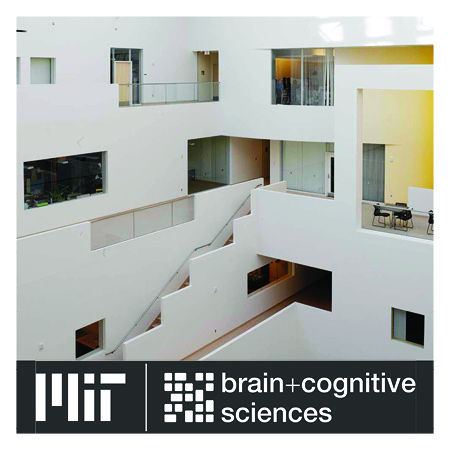
Gwyneth Welch Thesis Defense: Mechanisms of DNA double strand break-mediated neurotoxicity in neurodegenerative disease
Description
Gwyneth Welch
Advisor: Li-HueiTsai
Defense Date: July 22, 2022
Time: 2pm
Location: Singleton Auditorium, 46-3002
Zoom: https://mit.zoom.us/j/6591941158
Title:
Mechanisms of DNA double strand break-mediated neurotoxicity in neurodegenerative disease
Abstract:
Neurons are highly susceptible to DNA damage accumulation due to their large energy requirements, elevated transcriptional activity and long lifespan. DNA double strand breaks (DSBs) are also linked to neurodegeneration and senescence. However, it is not clear how DSB-bearing neurons influence processes of neuroinflammation and neurodegeneration. Here, we characterize DSB-bearing neurons from the CK-p25 mouse model of neurodegeneration using single-nucleus, bulk, and spatial transcriptomic techniques. DSB-bearing neurons enter a late-stage DNA damage response marked by NFκB-activated senescent and antiviral immune pathways. In humans, Alzheimer’s disease pathology is significantly associated with immune activation in excitatory neurons. Spatial transcriptomics reveal that regions of CK-p25 brain tissue dense with DSB-bearing neurons harbor signatures of inflammatory microglia, which is ameliorated by NFκB knock down in neurons. Inhibition of NFκB in DSB-bearing neurons also reduces microglia activation in organotypic mouse brain slice culture. In conclusion, DSBs activate immune pathways in neurons, which in turn adopt a senescence-associated secretory phenotype to elicit microglia activation. These findings highlight a novel role for neurons in the mechanism of disease-associated neuroinflammation.

